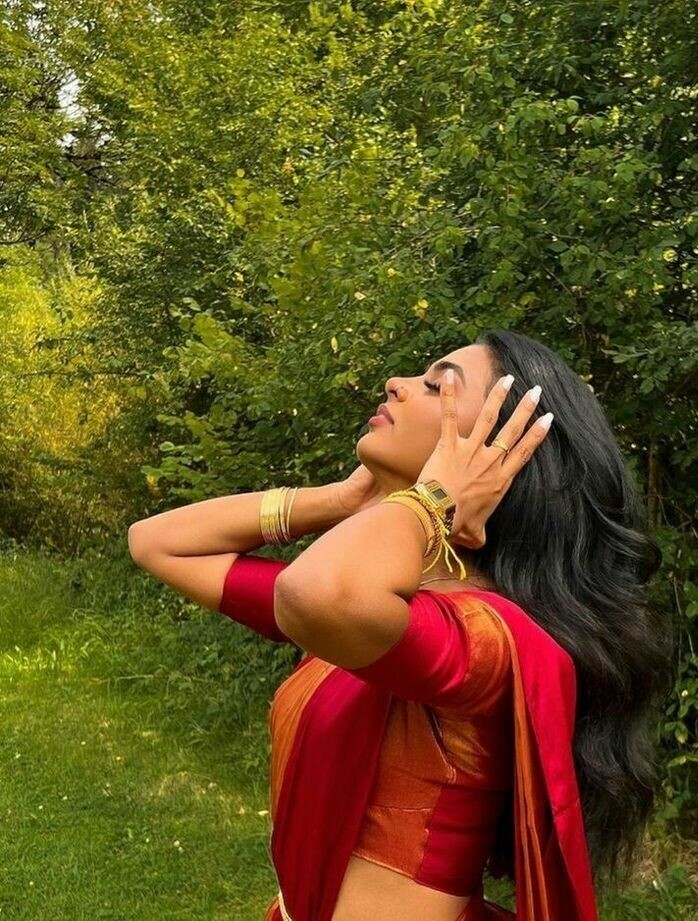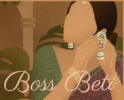4. Cultural Heritage And Festivals Of South Asia

A Kaleidoscope of Cultures: The Heartbeat of South Asia
Imagine stepping into a world where every corner bursts with colors, sounds, and stories. Welcome to South Asia, a region where cultural heritage and festivals weave together to create a living, breathing mosaic of traditions.
The Dance of Traditions
South Asia is like a grand, centuries-old dance, with each country contributing its own unique steps. From the intricate classical dances of Bharatanatyam in India to the graceful movements of Kandyan dance in Sri Lanka, these performances are more than just entertainment; they are storytelling in motion, preserving the tales of gods, heroes, and everyday life.
Festivals: The Soul of South Asia
Diwali: The Festival of Lights
Picture this: streets and homes adorned with thousands of oil lamps, their golden glow cutting through the night. Diwali, celebrated mainly in India, Nepal, and Sri Lanka, is a time when families come together to worship, feast, and light fireworks, symbolizing the triumph of light over darkness, and good over evil.
Eid al-Fitr and Eid al-Adha
In countries like Pakistan, Bangladesh, and India, Eid al-Fitr marks the end of Ramadan with communal prayers, feasts, and giving of alms. Eid al-Adha, the Festival of Sacrifice, commemorates the willingness of Ibrahim (Abraham) to sacrifice his son as an act of obedience to God. These festivals are marked by prayers, special meals, and acts of charity, reflecting a deep sense of community and faith.
Vesak: The Birth of the Buddha
In Sri Lanka and Nepal, Vesak is a grand celebration of the birth, enlightenment, and death of Buddha. Temples are decorated with lanterns and flowers, and people engage in acts of kindness and giving. The air is filled with the sounds of chanting and the scent of incense, creating a serene atmosphere of reflection and devotion.
A Symphony of Flavors
South Asian festivals are a feast for the senses, and food plays a central role. Imagine savoring the sweetness of Gulab Jamun during Diwali, the rich flavors of Biryani during Eid, or the simple yet profound taste of Kiribath (milk rice) during Sri Lankan New Year. These dishes are not just food; they are edible heirlooms, recipes passed down through generations, each bite a connection to the past.
Artistry and Craftsmanship
The region’s artistic heritage is as diverse as its festivals. In Pakistan, intricate embroidery known as Phulkari decorates traditional attire. In Bangladesh, the art of Nakshi Kantha, a form of embroidered quilt, tells stories through its detailed patterns. In India, the ancient art of Rangoli adorns the floors during festivals, using colored powders to create elaborate designs that welcome guests and deities alike.
Unity in Diversity
Despite the myriad of languages, religions, and customs, South Asia is a testament to the beauty of unity in diversity. Festivals often transcend religious and cultural boundaries, with people of different backgrounds joining in the celebrations. It’s a reminder that at the heart of it all, there is a shared humanity that binds everyone together.
So, next time you hear the rhythmic beat of a dhol, catch a whiff of incense, or see the twinkling lights of a festival, remember: it’s the soul of South Asia calling, inviting you to join in its timeless celebration of life, love, and heritage.
